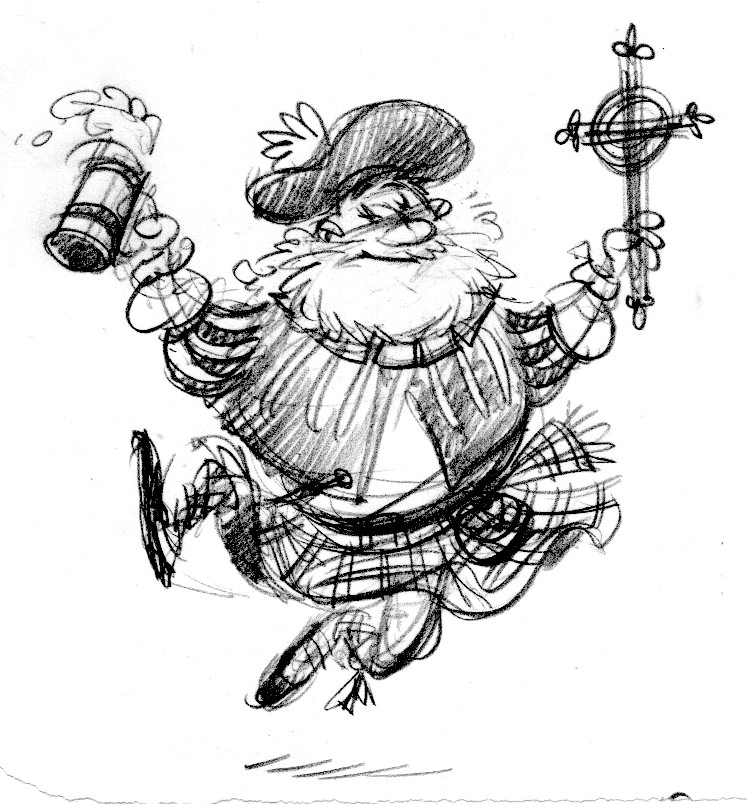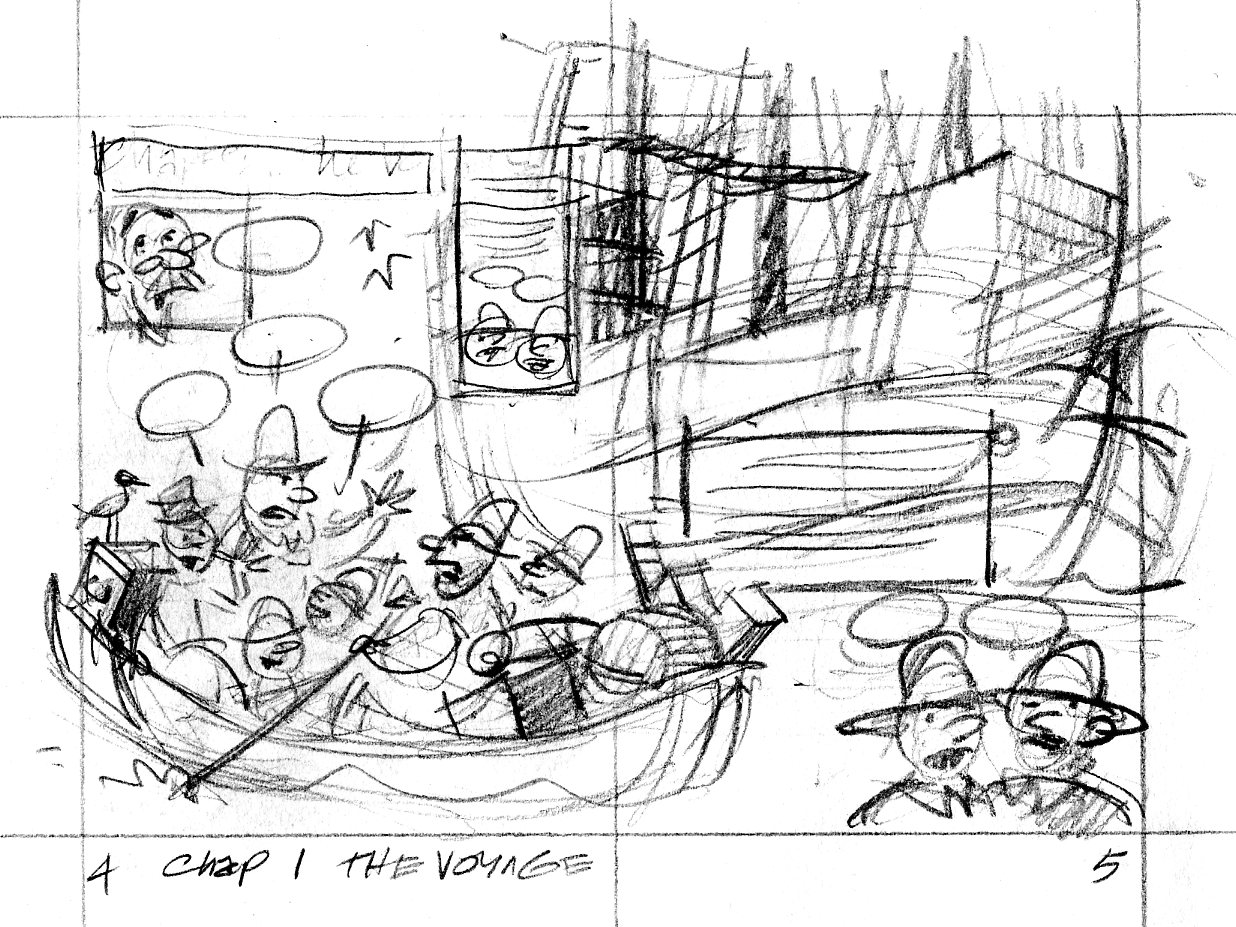Michael asks:
Thanks so much for posting your technique, I am currently working on my first painting and have been doing exactly what you’ve done here. i think i did do something wrong though, a friend of mine said to do a light wash over the entire piece ,but I think it just confused me. Anyhow , why do you not put more detail in the underpainting, are you modeling further with your glazes?
I’m not sure what the light wash is for, either. I’m assuming you’re using acrylic paints, which dry to a hard finish and so allow you to paint a wash on top of them. I use gouache, and a wash would scrub off whatever was painted underneath. So, I start my paintings with washes and build up to opaque brushstrokes. A wash is paint made transparent by adding water. A glaze is paint made transparent by adding a medium—for acrylic, glazing medium; for oil paint, linseed oil and varnish—or glazing medium.
I do an underpainting to block in and organize big areas of light and dark. I long ago found out it’s too complicated for me to figure out light and dark and color all at the same time. There’s no point in me putting lots of detail in the underpainting, because I’m only going to paint the same details on top with opaque paint. In fact, to discourage myself from getting into details while underpainting, I use an oversized brush.
Here’s a step-by-step example of how I build up from an underpainting. This is a continuation of a previous post, What do I paint first?



































